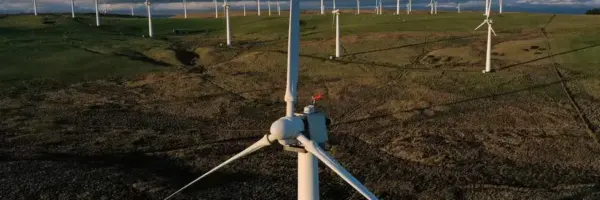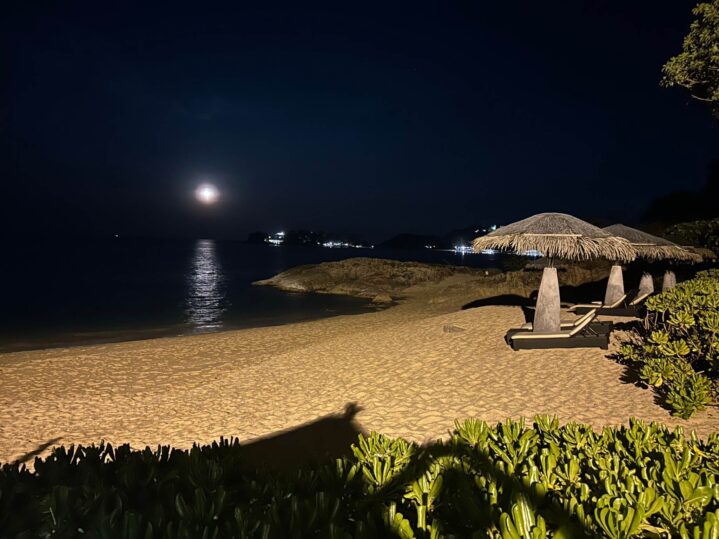
The island of Ko Samui
I have just spent 9 relaxing days on the island of Samui.
I had been invited by SKAL Samui and its members to attend the Samui Summer Jazz Festival from May 2nd – 7th at 5 separate 5 star hotels so instead of flying, as the internal flights are overpriced, I decided to drive from Hua Hin to Surat Thani.
Either I am getting old (I know…) or Alzheimer’s was playing tricks on me but the trip was longer than I had remembered. It took at least 7 hours and so coming from BKK would have added another 3 hours. I stopped on the way down at a rather unpleasant hotel…
The ferry cost the grand sum of 1437.50B and a tank of petrol from Hua Hin against the 10/11,000B airfare taking just over an hour. The ferry company’s customer service levels were pretty bad but apart from that they delivered me and said car in 90 minutes the 35 km (22 mi) northeast of Surat Thani.
Ko Samui, with an area of 228.7 square kilometres (88.3 sq mi), is Thailand’s second largest island after Phuket. Until the late-20th century, Ko Samui was an isolated self-sufficient community, having little connection with the mainland of Thailand. The island was without roads until the early 1970s, and the 15 kilometres (9.3 mi) journey from one side of the island to the other could involve a whole-day trek through the mountainous central jungles.
Ko Samui’s economy now is based primarily on a successful tourist industry, as well as exports of coconut and rubber.
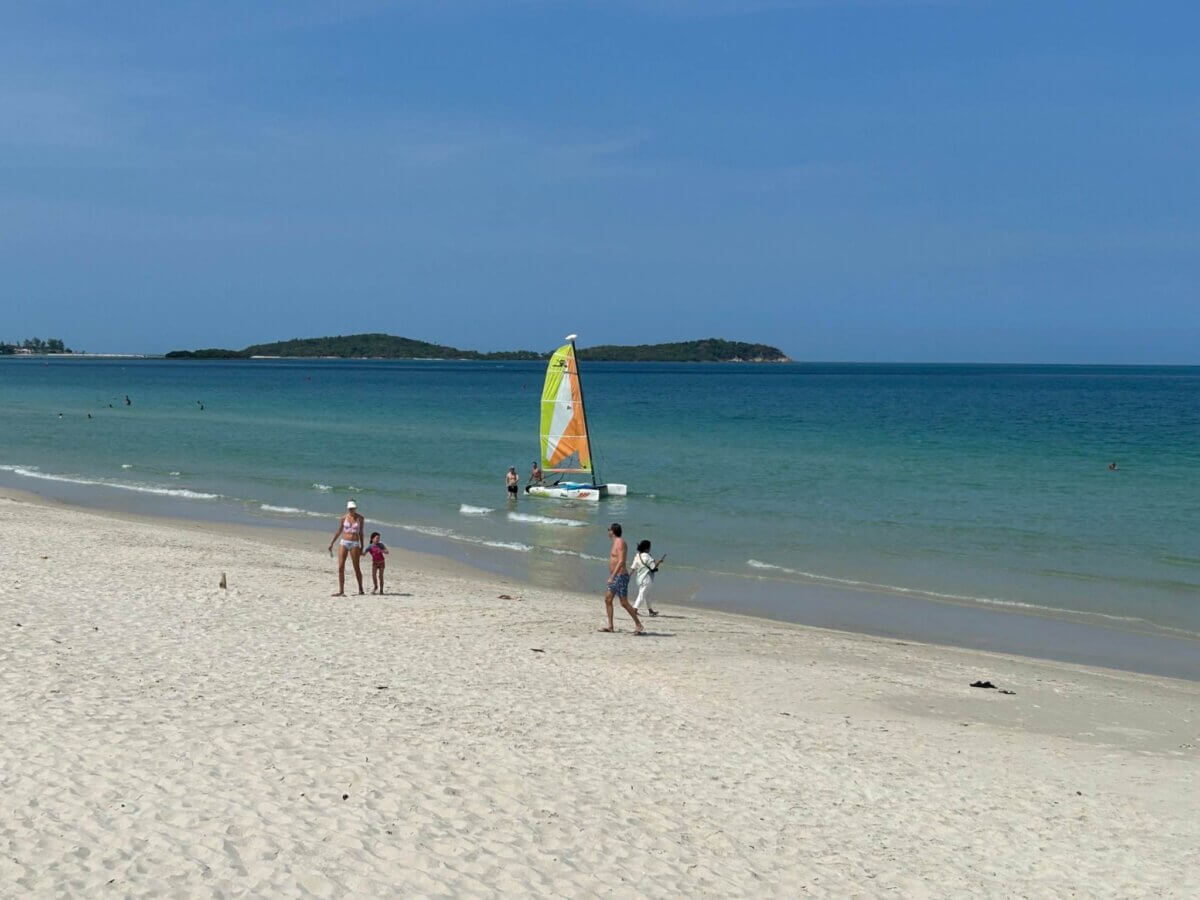
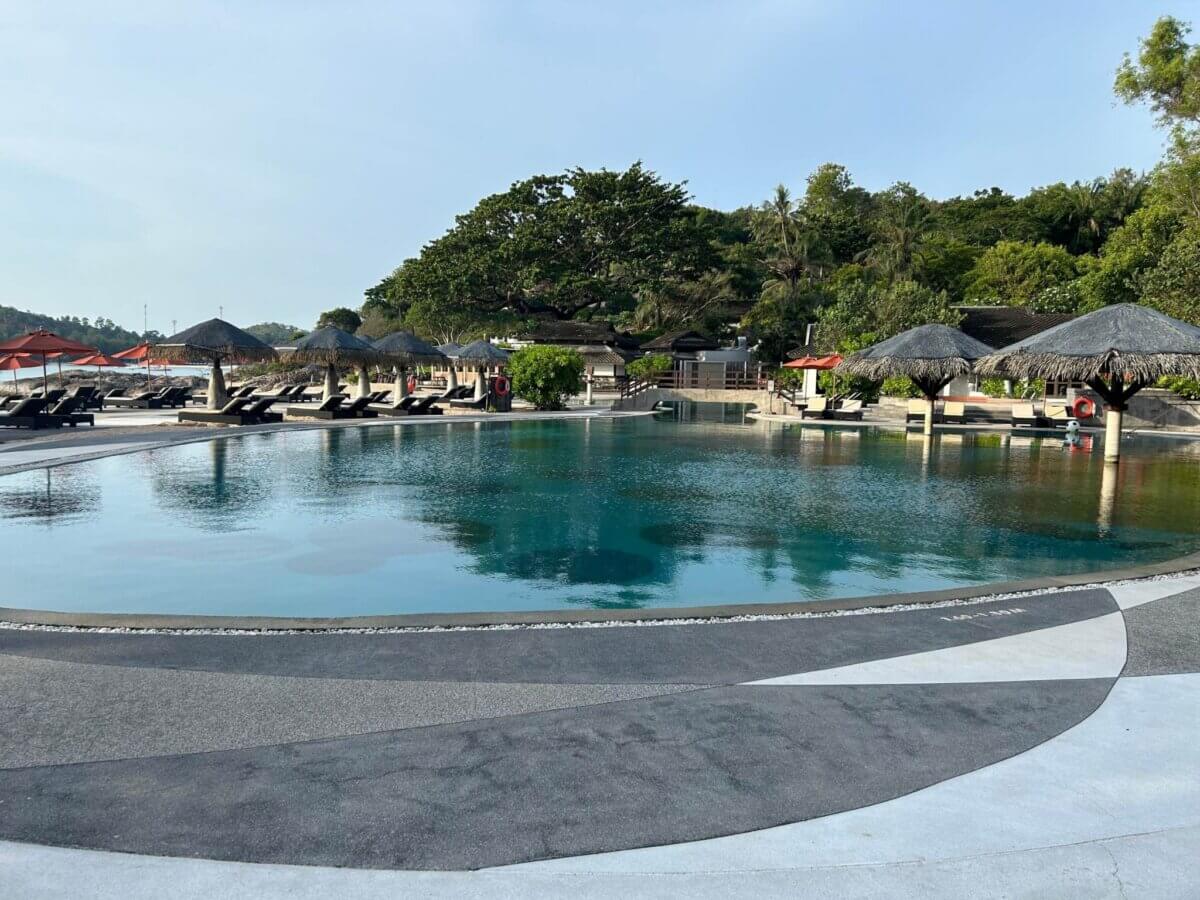
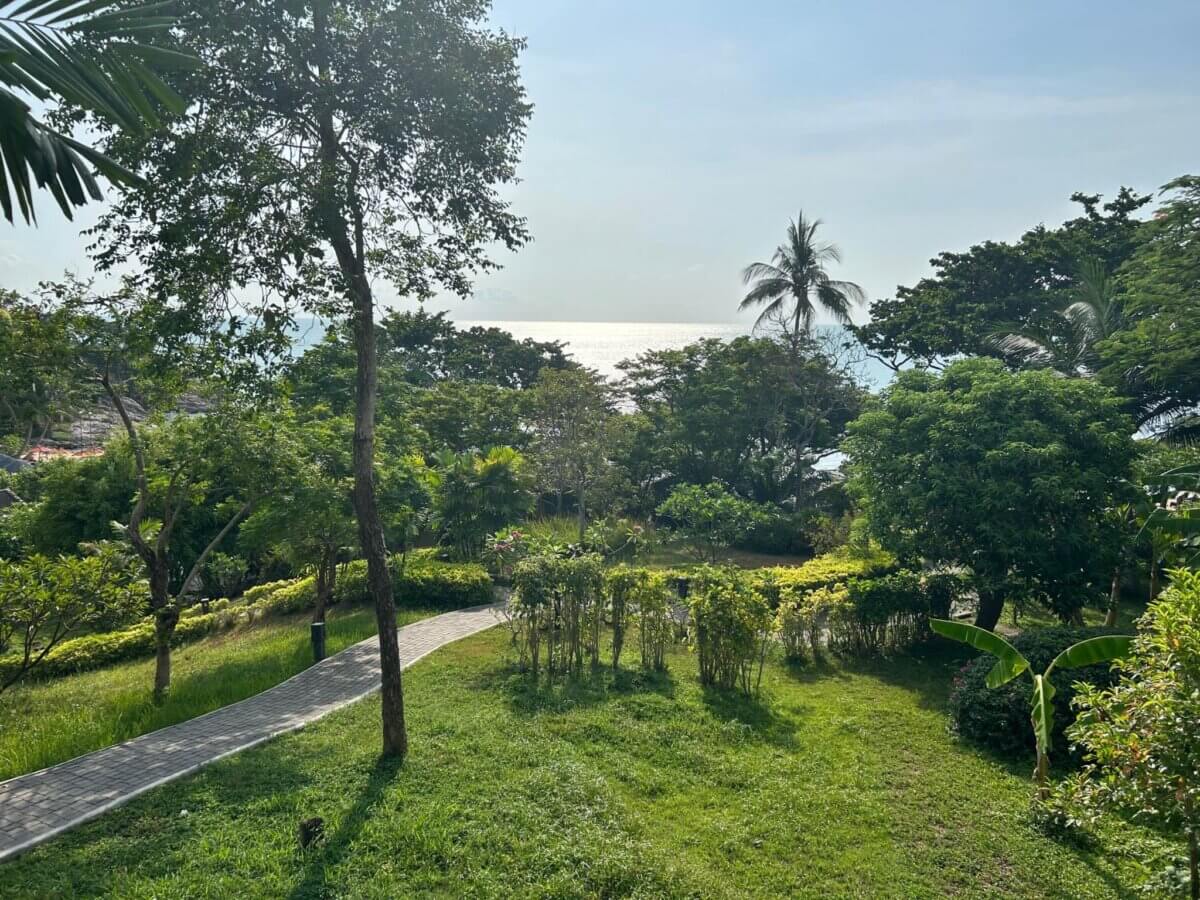
Economic growth has brought not only prosperity, but also major changes to the island’s environment and culture. Tourism is of course its main business now as it is across Thailand although for some reason the Thais play down its contribution to GDP. You only have to see how their economy fared during Covid-19 too see the real value of international tourism and expatriate residents and what they contribute to Thailand’s economy.
As a visitor I was lucky to stay in 4 hotels and visit 3 others during my stay but Samui is still pretty bashed up post Covid-19 with many hotels, shops, buildings and infrastructure having suffered in the pandemic.
One of its saving graces economically is its proximity to Ko Phangan venue for the Full Moon parties. Samui seems to be the host venue for many of the latter’s visitors and the current proliferation of “weed” shops all around the island pander to the younger generation. Never really been a smoker but as an ex-policeman from the UK I can smell the pungent acrid aroma of the various sativa’s from more than a hundred metres. Officially, there are approximately 1,430 islands off the coast of Thailand, both in the Andaman Sea and in the Gulf of Thailand.
After a couple of days on the island I seemed to have adopted the chilled, laid back demeanour of my island hosts and other visitors. I was happy doing nothing… just sitting, lolling, lying and watching the world pass by in its many colours, shapes and sizes.
I was a little saddened to smell it in various public places I visited not least the terraces of Starbucks. Unfortunately the current decriminalisation of Kratom and Cannabis leads to much confusion as to how one interprets the law and so yet again it lends itself open to abuse from the various authorities.
I would certainly advocate taking a car to Samui as the island is plenty big enough to explore the coastline, hills and viewpoints.
I enjoyed my time on Samui and I will undoubtedly return should the opportunity arise.
(Visited 61 times, 1 visits today)


